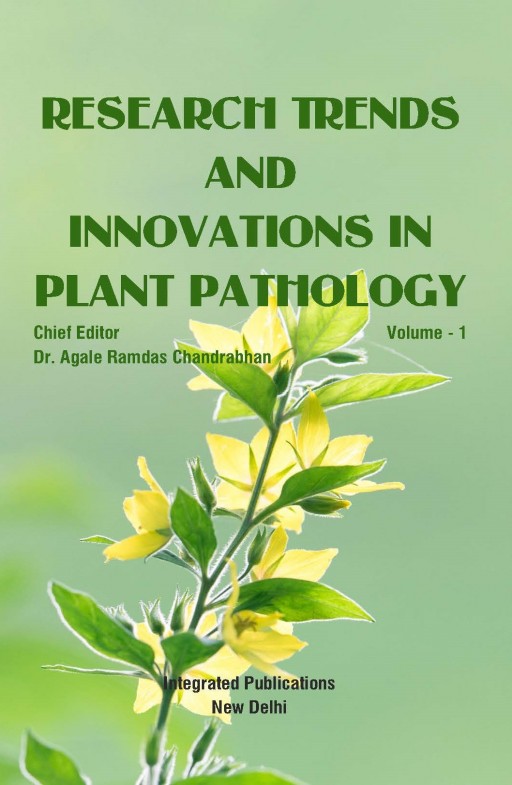Detail Studies on Bacterial Panicle Blight (BPB) of Rice and it’s Sustainable Management Strategies


Rice is considered to be one of the most important cereal crops in the world. One of the major limiting factors of rice productivity worldwide is the presence of microbial diseases, among which the bacterial panicle blight (BPB) of rice caused by Burkholderia glumae, is one of the most persistent and severe. BPB has the potential to reduce the yield of rice as much as 75% in severely affected regions due to reduction in grain weight, seedling rot, floret sterility, inhibition of seed germination. The major virulent factor of this pathogen is toxoflavin and lipase which are controlled by quorum sensing. This bacterium penetrates through natural openings such as stomata and/or wounds on roots, leaves and/or spikelet. The infected seeds are served as the primary source of inoculums. High temperatures (35o - 40 oC) and humidity occurring during the panicle initiation stage are favorable for disease development. Use of early maturing rice varieties or early planting of rice can avoid the BPB. Many BPB susceptible varieties of rice have shown increased severity by the month of May whereas the same cultivars sown early by March to April escaped from the infection of BPB. Other effective approaches are avoiding excessive seedling rates on the assumption of “less seed less bacteria”, intermittent flooding without water stress and maintaining high levels of potassium in soil. It is also found that seed treatment with avirulent strains of B. glumae reduced the seedling rot symptoms. A quinoline derivative namely oxolinic acid which showed up to 80% control of BPB in rice when it was used in two times at both seed treatment and foliar sprays respectively. However in order to tackle this pathogen effectively two or more management practices have to be integrated.